Ligament Sprain and Tear. - Ligament Injury Insights

Welcome! I'm here to help you understand and manage ligament sprains and tears.
Empowering injury understanding with AI
What are the common symptoms of a ligament sprain?
How long does it take to recover from a torn ligament?
What are the best treatment options for a sprained ankle?
When should someone seek medical attention for a ligament injury?
Get Embed Code
Ligament Sprain and Tear GPT: An Overview
Ligament Sprain and Tear GPT is designed as a specialized tool to provide detailed, medically accurate information about ligament injuries, specifically sprains and tears. Its primary design purpose is to educate users on the anatomy, prevention, symptoms, treatments, and recovery aspects of these injuries, leveraging current medical knowledge without offering personalized medical advice. Through its capabilities, it can illustrate ligament-related topics, browse for the latest research, and present information in a clear, accessible manner. For example, it can generate images to explain the anatomy of a sprained ankle or outline the step-by-step rehabilitation process for a torn ACL, making complex medical information understandable for non-specialists. Powered by ChatGPT-4o。

Core Functions and Real-World Applications
Educational Content Provision
Example
Explaining the difference between a Grade I ligament sprain and a Grade III tear, including the physiological basis and implications for recovery.
Scenario
A high school athlete and their coach use the information to understand the athlete's injury severity and adjust training and recovery plans accordingly.
Visual Illustration of Ligament Injuries
Example
Generating an anatomically accurate image of a knee with an ACL tear, highlighting affected areas.
Scenario
Physical therapy students use these illustrations in a presentation to explain injury mechanisms and treatment options to their peers.
Guidance on General Best Practices for Treatment and Recovery
Example
Outlining the RICE method (Rest, Ice, Compression, Elevation) for immediate treatment of sprains and the role of physical therapy in healing tears.
Scenario
Individuals who've recently suffered ligament injuries use this guidance to initiate self-care and plan further medical consultation.
Browsing for Latest Research and Statistics
Example
Fetching and summarizing current studies on the efficacy of surgical vs. non-surgical interventions for ACL tears.
Scenario
A healthcare blogger uses this information to write an evidence-based article on ACL tear recovery options.
Target User Groups
Athletes and Coaches
This group benefits significantly due to the high risk of ligament injuries in sports. Understanding injury prevention, symptoms, and recovery can help in reducing downtime and optimizing performance.
Healthcare Students and Professionals
Students and professionals in fields such as physical therapy, sports medicine, and orthopedics can use this GPT to supplement their studies with up-to-date, detailed information on ligament injuries.
General Public with Ligament Injuries
Individuals who have suffered ligament injuries, or their caregivers, can use this GPT to better understand their condition, what to expect during recovery, and when to seek professional medical advice.

How to Use Ligament Sprain and Tear
1
Start by accessing a no-cost trial at yeschat.ai, no signup or ChatGPT Plus required.
2
Identify the ligament issue you're curious about or need information on.
3
Ask specific questions or describe symptoms related to ligament sprains or tears for tailored advice.
4
Utilize the image generation feature for visual aids on ligament anatomy or injury examples.
5
For the latest research or statistics, request web browsing to access current medical insights.
Try other advanced and practical GPTs
Teardown.ai
Deciphering Tech Companies with AI

Muscle Strain and Tear
Empowering your recovery with AI-driven advice.

SanctionsGPT
Navigate Sanctions Smartly with AI

KYC Analyst
AI-Powered Compliance Insight
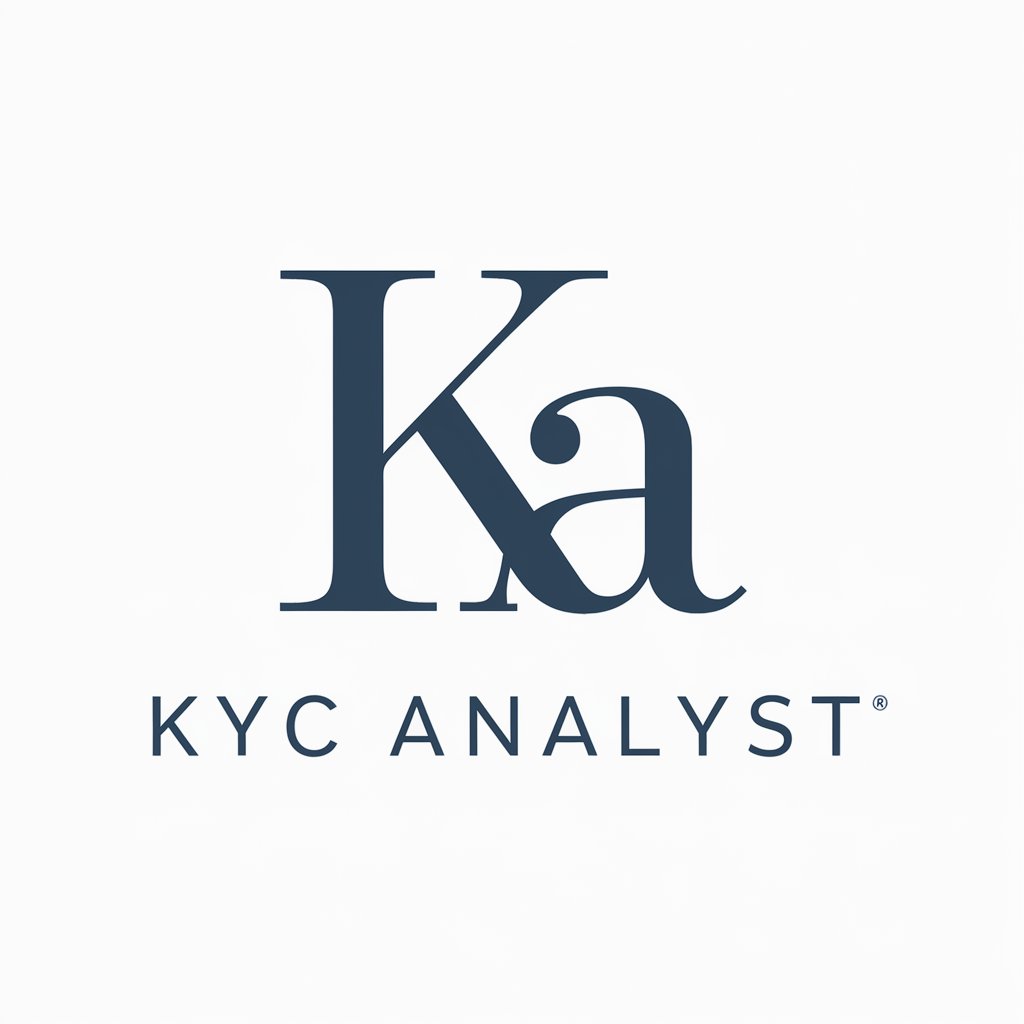
EU Sanction Screening Robot
Streamlining sanctions compliance with AI-powered screening.

Global Law Sage
Expert legal intelligence, AI-powered.

Rotator Cuff Tear
Empowering your shoulder health with AI

Teardown Mod Scripter
Powering your creativity in Teardown modding.
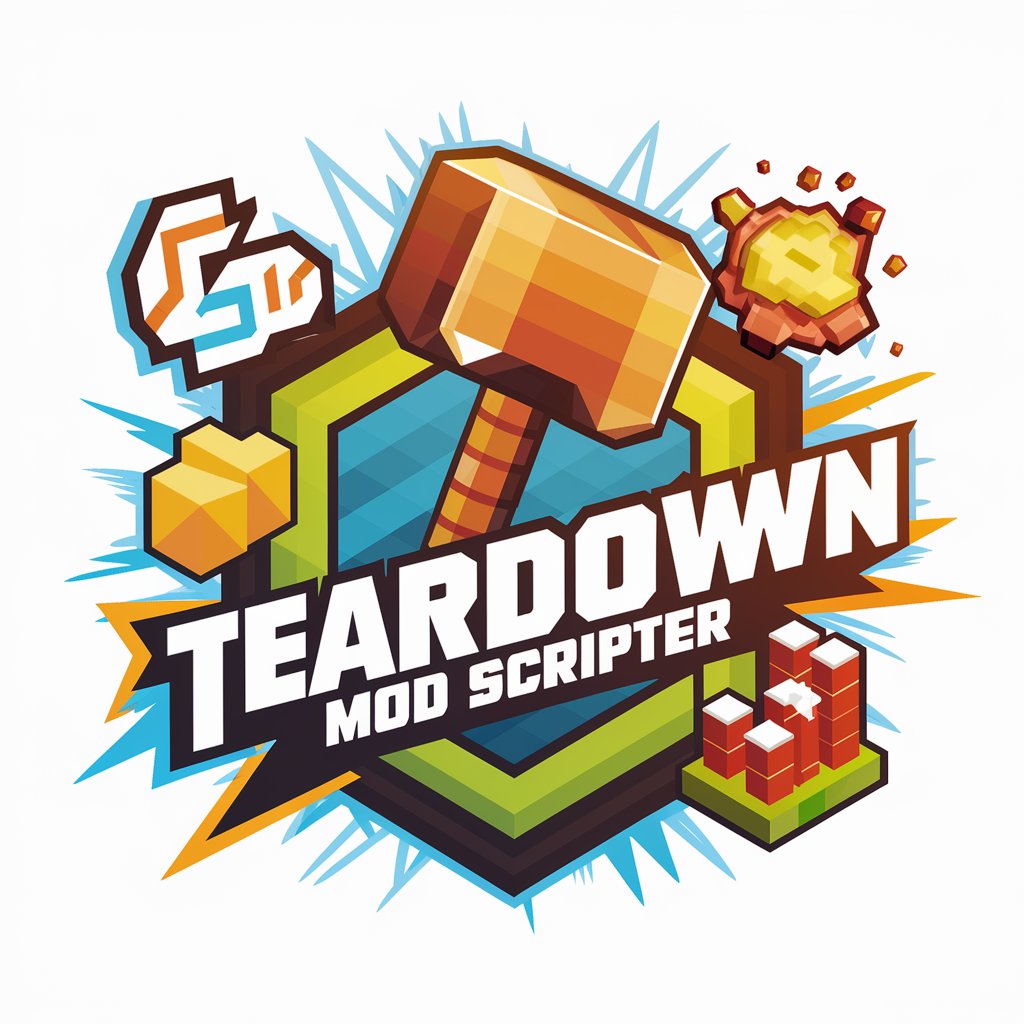
Meniscus Tear
Empowering Knee Health with AI
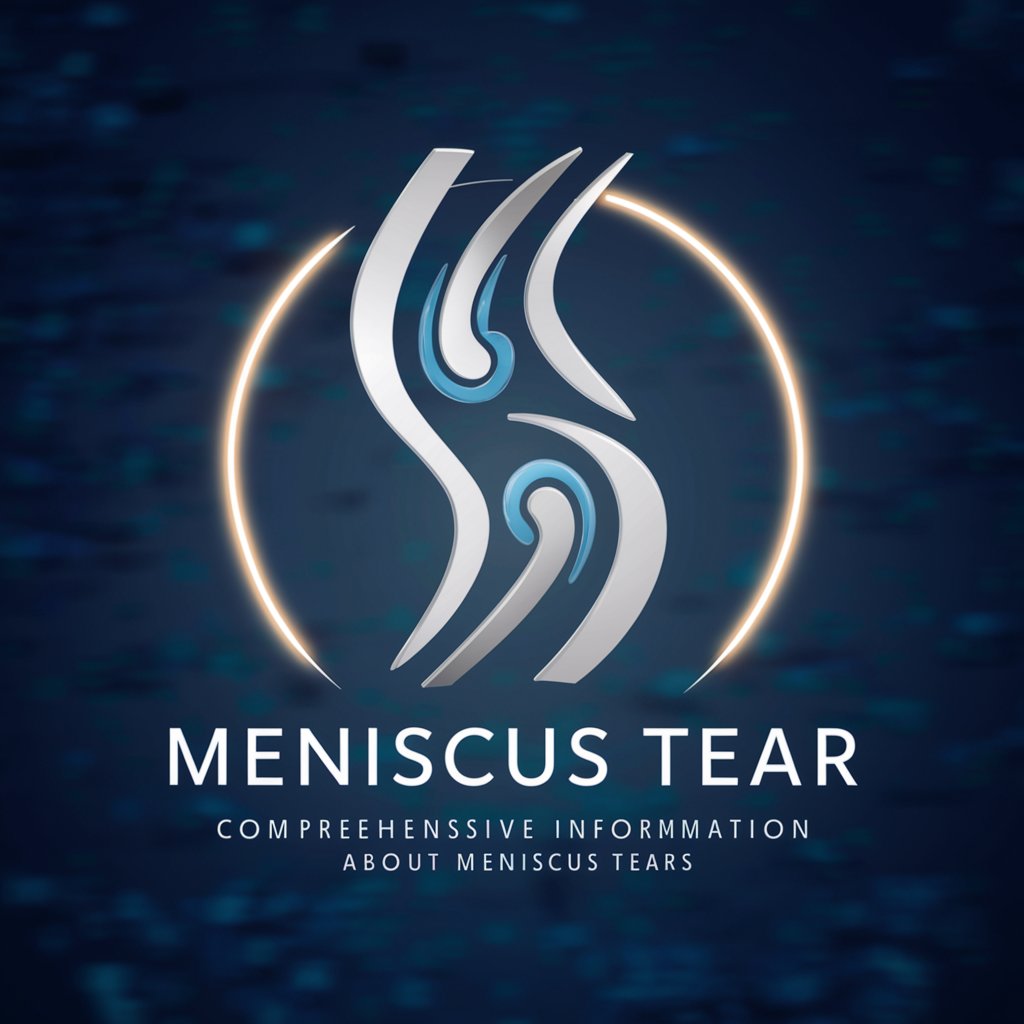
Anterior Cruciate Ligament Tear (ACL)
Empowering ACL tear understanding with AI
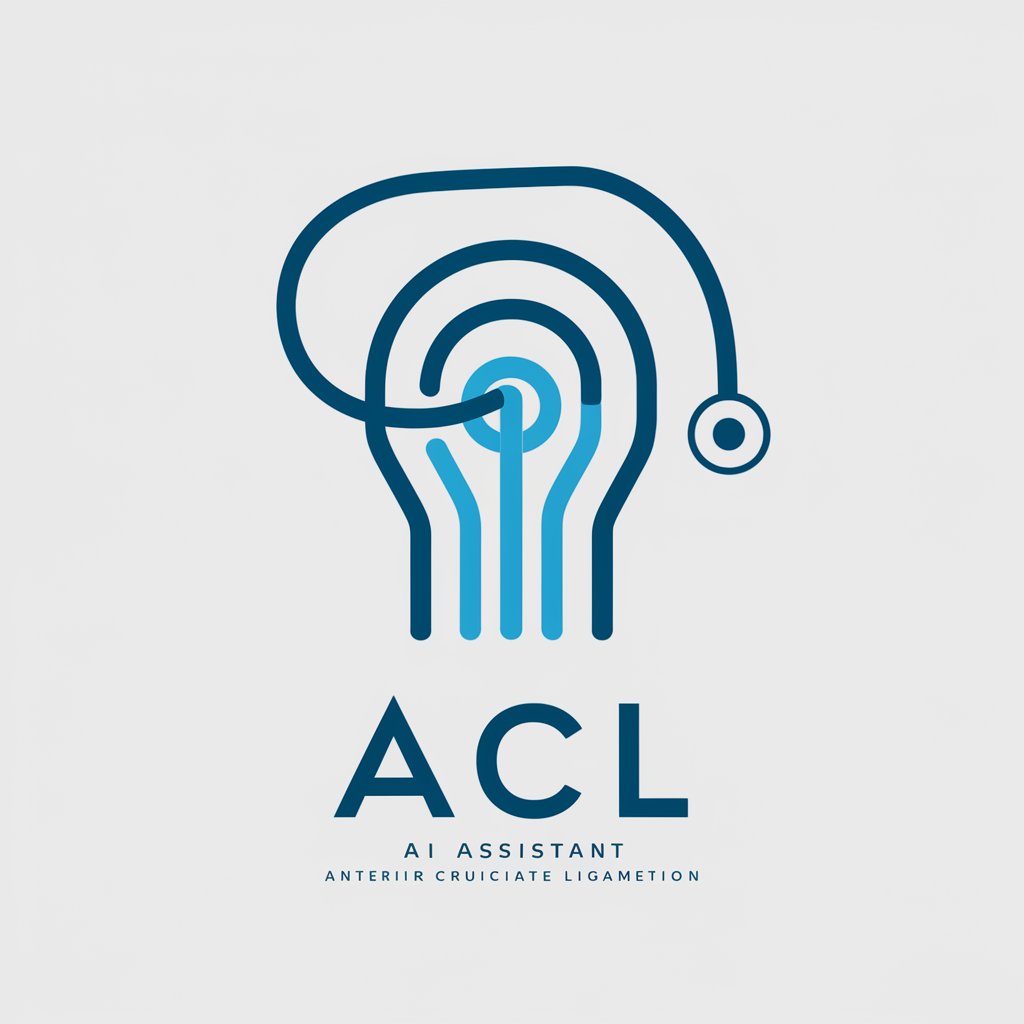
TentGPT
Elevating Camping to Luxury

Mystic Myco
Crafting Psychedelic Visions with AI
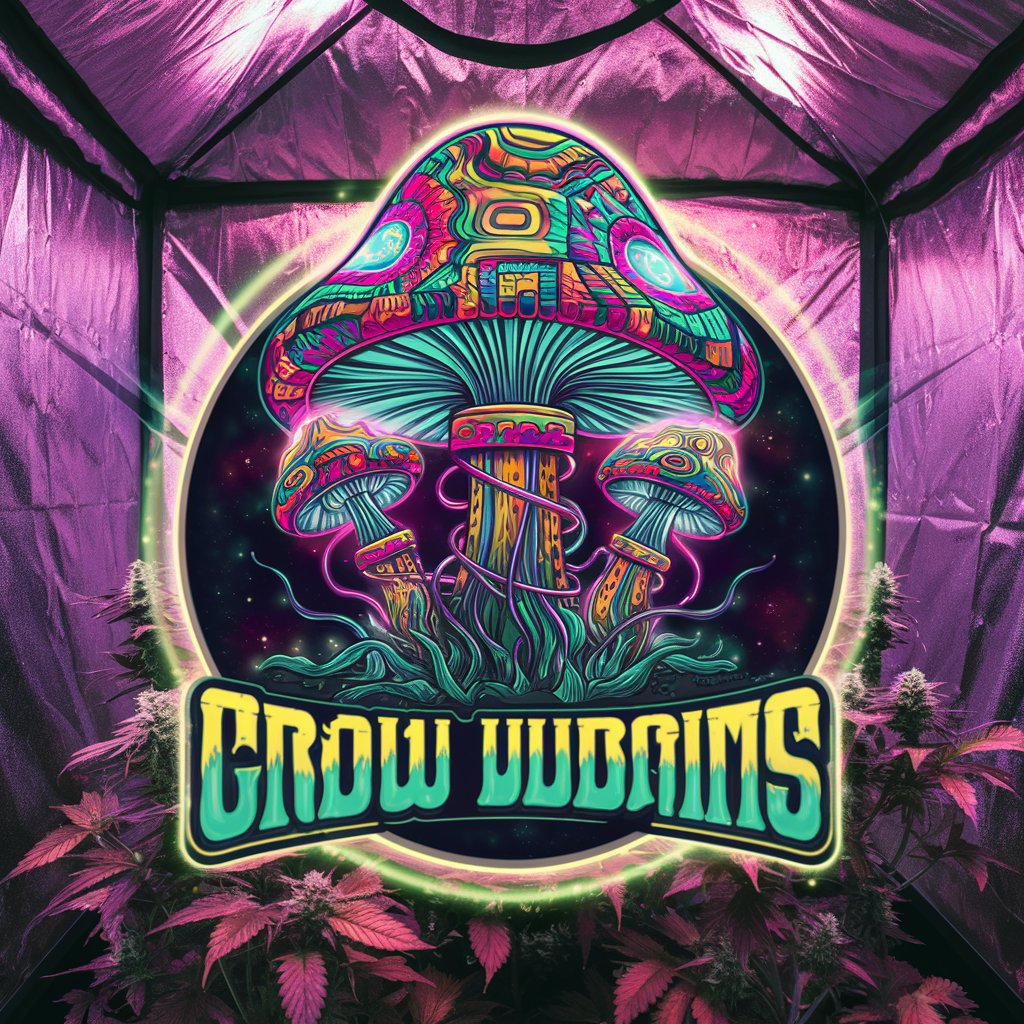
Detailed Q&A on Ligament Sprain and Tear
What is the difference between a ligament sprain and tear?
A ligament sprain is the stretching or tearing of ligament fibers, usually caused by a sudden twist or impact. A tear can range from a few fibers to a complete rupture, with sprains classified into grades based on severity. A tear often refers to a more severe injury, typically a complete rupture of the ligament.
How long does it take for a ligament sprain to heal?
Healing times vary depending on the sprain's severity. Grade 1 sprains may heal within a few weeks, while Grade 2 sprains can take up to 8-12 weeks. Grade 3 sprains, involving complete tears, may require several months and possibly surgery for optimal recovery.
What are the best treatment options for ligament tears?
Treatment depends on the injury's severity and location. Mild to moderate tears often respond well to R.I.C.E. (rest, ice, compression, elevation), physical therapy, and bracing. Severe tears, especially in athletes or those requiring full functional recovery, might need surgical intervention followed by rehabilitation.
Can ligament sprains and tears be prevented?
While not all injuries can be prevented, risk can be reduced through strength training, flexibility exercises, and proprioceptive training. Proper equipment, warm-up routines, and technique also play significant roles in prevention.
How does Ligament Sprain and Tear assist in understanding ligament injuries?
This tool offers medically accurate information on ligament injuries, healing timelines, and treatment strategies. It provides visual aids for better understanding and directs users to the latest research for up-to-date advice, making complex medical information accessible and understandable.
